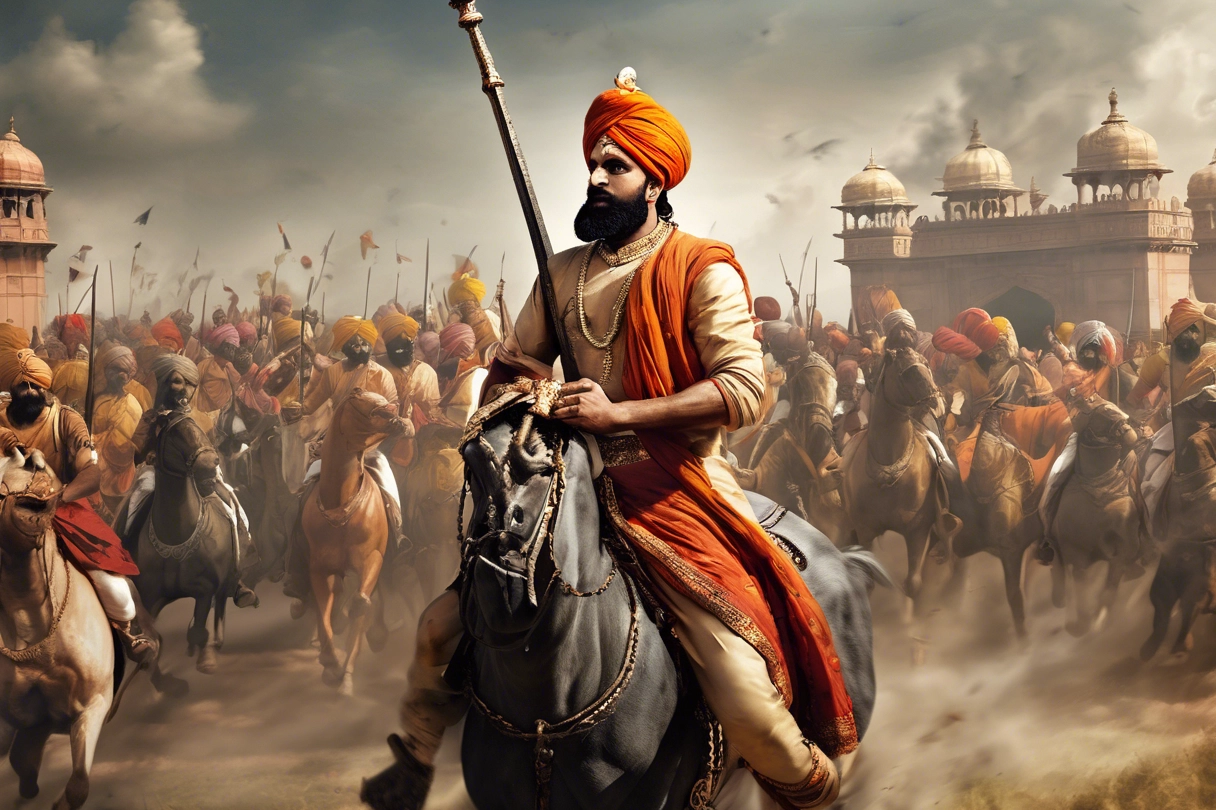A forgotten figure of Indian history, Jai Singh I was not only a loyal Hindu commander of Aurangzeb — he was the strategist who humbled Shivaji and helped sustain one of the greatest empires the subcontinent has ever seen.
Introduction
In the grand narratives of Indian history, the spotlight often falls on kings and rebels — Aurangzeb the emperor, Shivaji the challenger. But the real architects of stability were often those who stood in between: powerful, loyal, and strategic minds like Mirza Raja Jai Singh I.
A Hindu Rajput ruler of Amber and one of the highest-ranking generals in the Mughal army, Jai Singh I played a decisive role in defeating Shivaji, suppressing rebellion, and preserving an empire that laid the groundwork for modern India, Pakistan, and Bangladesh.
Jai Singh vs. Shivaji: The 1665 Deccan Campaign
In 1665, Mughal emperor Aurangzeb appointed Jai Singh to crush the rising Maratha threat led by Shivaji Bhonsle.
Jai Singh didn’t just march in with force — he used classic Mughal tactics of siege warfare, political isolation, and diplomacy. He surrounded Purandar Fort, isolated Shivaji from allies like Bijapur, and forced him into full submission.
The Treaty of Purandar was a decisive Mughal win:
- 23 forts ceded to the empire
- Shivaji accepted Mughal suzerainty
- His son Sambhaji joined the Mughal service
- Shivaji agreed to present himself at Aurangzeb’s court in Agra
This wasn’t a draw. It was a clear victory for the Mughal Empire, and a triumph of Jai Singh’s strategy.
Shivaji Was Subordinate, Not Equal
Though Shivaji later escaped from Agra, the fact remains: he came as a vassal, not as an equal. And it was Jai Singh who forced that meeting, not the emperor himself.
This is often omitted in popular retellings. Shivaji’s temporary humiliation was a direct result of Jai Singh’s campaign, which successfully neutralized the Maratha threat for years.
A Hindu Commander in a Muslim Empire
Jai Singh was no puppet. He was a devout Hindu, a patron of temples, and a symbol of Rajput honor.
But he remained loyal to Aurangzeb, proving that the Mughal imperial order was not driven by religious zealotry, but by a vision of centralized power and civilizational order.
As historian M. Athar Ali notes:
“The Mughal nobility under Aurangzeb included over 500 Hindu mansabdars, many in senior roles.”
Jai Singh was among the greatest of them.
Aurangzeb’s Empire: The Real Legacy
Under Aurangzeb, the Mughal Empire reached:
- 🌍 Its largest territorial extent
- 💰 24% of global GDP (Source: Angus Maddison)
- 🏛️ A vast, multi-faith, bureaucratic structure
- 📜 The political foundations of modern South Asia
Jai Singh helped make that possible — not by dividing communities, but by holding them together under imperial law and order.
Conclusion: Jai Singh Deserves His Place in History
While Shivaji is rightly remembered for his courage and innovation, Jai Singh I stands above him in scale, vision, and achievement.
He didn’t build a breakaway state — he helped uphold a unified empire.
His story reminds us that loyalty, order, and statecraft matter as much as resistance.
It’s time to reclaim his legacy.
🔍 Further Reading:
- M. Athar Ali, The Mughal Nobility Under Aurangzeb
- Audrey Truschke, Aurangzeb: The Life and Legacy of India’s Most Controversial King
- Satish Chandra, Medieval India: From Sultanat to the Mughals
Published by Muslim Perspective
For accurate, research-based perspectives on South Asian history.




